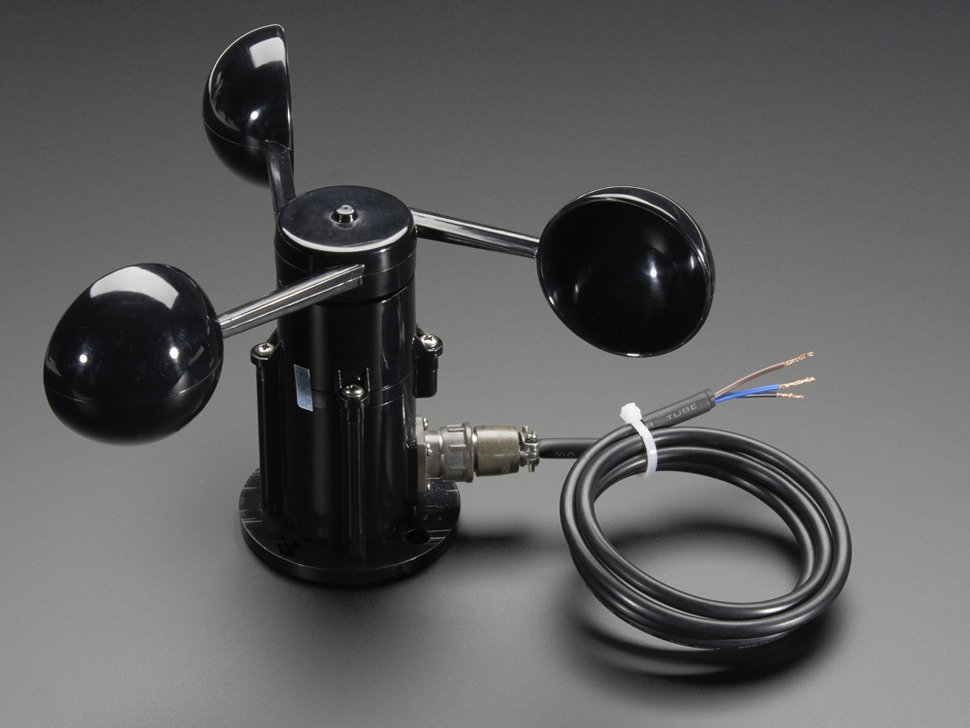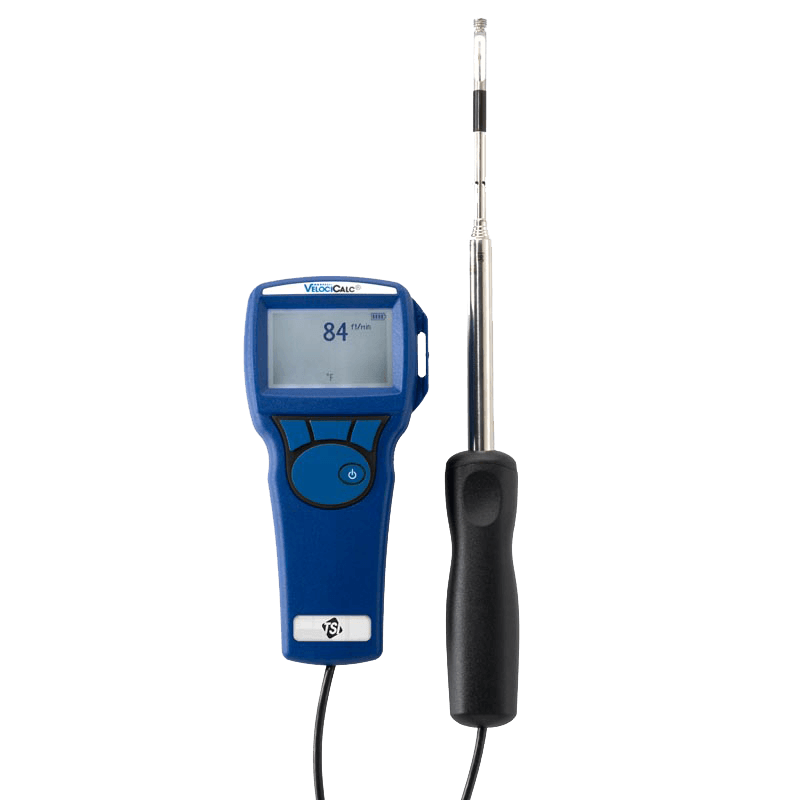Exploring the Features and Advantages of Anemometers for Weather Condition Fanatics and Experts
Anemometers stand as important devices in the realm of weather tracking, dealing with both fanatics and experienced specialists alike. These gadgets use a window into the vibrant globe of wind patterns and speeds, providing indispensable data for atmospheric evaluation and projecting. From mug anemometers to sonic anemometers, each kind brings its one-of-a-kind collection of applications and advantages, clarifying different elements of climatic problems. As we explore the features and advantages of anemometers, a deeper understanding arises not only of dominating weather phenomena yet likewise of the more comprehensive effects for sectors like wind energy manufacturing and ecological research.
Value of Anemometers in Weather Condition Tracking
Anemometers play a critical duty in weather surveillance by providing accurate dimensions of wind speed, aiding in projecting and understanding weather patterns. These instruments, ranging from typical mug anemometers to modern-day ultrasonic anemometers, are vital for meteorologists, scientists, and weather lovers alike. By measuring wind speed, anemometers aid in determining the intensity of climate phenomena such as storms, cyclones, and twisters. Additionally, they supply important information for air travel, maritime procedures, and different sectors that are sensitive to wind problems.

Kinds Of Anemometers and Their Applications
The most usual types of anemometers consist of cup anemometers, vane anemometers, hot-wire anemometers, and ultrasonic anemometers. Cup anemometers are composed of three or 4 mugs placed on straight arms that rotate with the wind, measuring its speed. Vane anemometers, on the various other hand, utilize an openly revolving vane to line up with the wind instructions, offering both wind rate and direction dimensions.
Each kind of anemometer has its special advantages and applications. Mug anemometers are robust and suitable for general climate tracking, while vane anemometers are favored for directional measurements. Hot-wire anemometers are delicate to low air velocities, making them suitable for indoor settings. Ultrasonic anemometers are non-intrusive and supply high precision, commonly utilized in study and specialized weather surveillance applications. Understanding the features and applications of each kind of anemometer is vital for choosing the most proper tool for certain weather keeping track of requirements.
Benefits of Using Anemometers in Projecting
In meteorology, the use of anemometers supplies important advantages for boosting the accuracy of climate projecting. Anemometers measure wind speed and direction, providing important data for anticipating weather patterns. By integrating wind data into forecasting versions, meteorologists can much better comprehend the movement of climate systems, expect changes in weather, and problem much more exact projections.
Additionally, anemometers play a vital duty in examining prospective weather threats. Keeping track of wind speeds aids forecasters forecast severe weather condition occasions such as storms, hurricanes, and additional resources winter tornados with better precision. This early warning system makes it possible for authorities to release timely signals and apply essential security steps, minimizing the threats to life and residential or commercial property.
Additionally, anemometers help in optimizing renewable resource production. By examining wind patterns, meteorologists can recognize ideal areas for wind ranches and predict power result, adding to the reliable generation of wind power.

Anemometers in Wind Energy Production
Offered the crucial function anemometers play in giving precise wind data for climate forecasting and hazard evaluation, their value includes the world of wind power production. Anemometers are vital instruments in the field of wind energy, where the measurement of wind rate and direction is critical for figuring out the expediency and performance of wind turbine installations. By accurately determining wind rates at differing elevations, anemometers assist optimize the placement and layout of wind turbines to make best use of power output.
In wind ranches, anemometers are purposefully put to collect real-time wind data that is utilized to examine the potential energy manufacturing of a site. This data is important in identifying the economic stability of wind power tasks and in forecasting energy generation to make certain grid security. Furthermore, anemometers help in keeping an why not try this out eye on wind conditions to optimize generator performance, avoid damage from high winds, and guarantee the security of employees operating in the location of wind turbines.
Enhancing Weather Understanding With Anemometers

Anemometers play a key duty in enhancing our understanding of microclimates. These local climate condition can differ significantly from wider regional projections, making it essential to have accurate data for details areas. anemometer. By strategically putting anemometers in various areas, researchers can gather comprehensive information on exactly how wind acts in different terrains, city environments, or bodies of water
In addition, anemometers add to boosting weather projecting models by giving real-time information on wind actions. This information is specifically useful for forecasting serious weather events, optimizing farming practices, and sustaining industries like aviation and maritime navigating. Overall, anemometers are indispensable tools that enable us to dig deeper right into the intricacies of weather systems, ultimately leading to more better-informed decisions and precise forecasts.
Verdict
To conclude, anemometers play a vital duty in weather condition surveillance and projecting by gauging wind rate and direction. They are essential devices utilized by weather enthusiasts and experts to collect exact information for internet predicting weather patterns and assessing possible influences. Anemometers also have applications in wind power manufacturing, further highlighting their value in both weather forecasting and eco-friendly energy fields. Generally, anemometers contribute to enhancing our understanding of weather phenomena and improving forecasting capacities. anemometer.
From mug anemometers to sonic anemometers, each type brings its unique collection of applications and benefits, losing light on different facets of climatic conditions. These instruments, varying from traditional mug anemometers to modern-day ultrasonic anemometers, are essential for meteorologists, researchers, and weather condition enthusiasts alike. The most typical types of anemometers consist of cup anemometers, vane anemometers, hot-wire anemometers, and ultrasonic anemometers. Mug anemometers are durable and suitable for basic weather condition surveillance, while vane anemometers are favored for directional dimensions. Anemometers are vital instruments in the field of wind energy, where the dimension of wind speed and instructions is essential for determining the expediency and effectiveness of wind turbine installations.